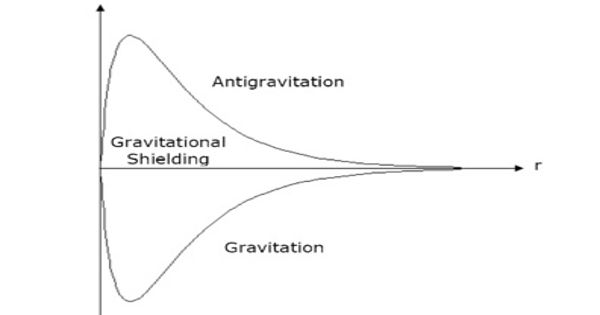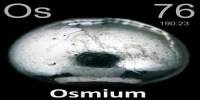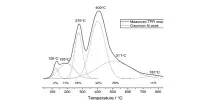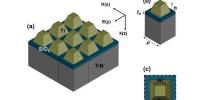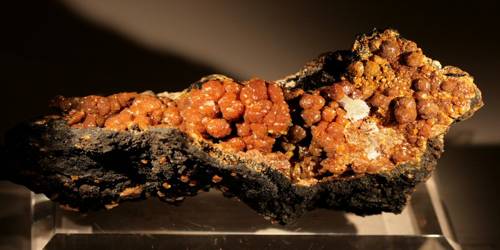The term gravitational shielding refers to a hypothetical process of shielding an object from the influence of a gravitational field. In classical Newton’s theory of gravity and even in Einstein’s general theory of gravity, there are no grounds of gravitational shielding effects. Such processes, if they existed, would have the effect of reducing the weight of an object. Since the 19th century, scientists have tried to arrive at an understanding of GS via the use of various experiments. Unfortunately, some experiments failed to prove the existence of gravitational shielding, whereas some results proclaimed the possibility of attaining GS.
The concept of gravity shielding is a common concept in science fiction literature, especially for space travel.
The shape of the shielded region would be similar to a shadow from the gravitational shield. For example, the shape of the shielded region above a disk would be conical. The height of the cone’s apex above the disk would vary directly with the height of the shielding disk above the earth. In the quantum gauge theory of gravity, gravitational gauge interactions of complex scalar fields can be formulated based on the gauge principle.
The general theory of relativity enables us to calculate gravitational shielding and absorption. Experimental evidence to date indicates that no such effect exists. These effects are analogous to the shielding of electromagnetic fields with the exception that in lowest order quadrupoles rather than dipoles are involved. Gravitational shielding is considered to be a violation of the equivalence principle and therefore inconsistent with both Newtonian theory and general relativity. Quasistatic shielding effects occur in the tides, and for some models, the shielding effect is several percent of the applied field. The dynamic shielding is much too small to observe at this time.
A gravitational field is the field of force surrounding a body of finite mass in which another body would experience an attractive force that is proportional to the product of the masses and inversely proportional to the square of the distance between them. The concept of gravity shielding is a common concept in science fiction literature, especially for space travel. One of the first and best-known examples is the fictional gravity shielding substance “Cavorite” that appears in H. G. Wells’s classic 1901 novel The First Men in the Moon. Wells was promptly criticized for using it by Jules Verne. Consider Newton’s second law. It states that the total external force acting on an object is equal to the product of the mass and acceleration. The mass that appears here is a measure of inertia. It is called the inertial mass. The greater the inertial mass is the lesser will be the tendency to change the original velocity.
